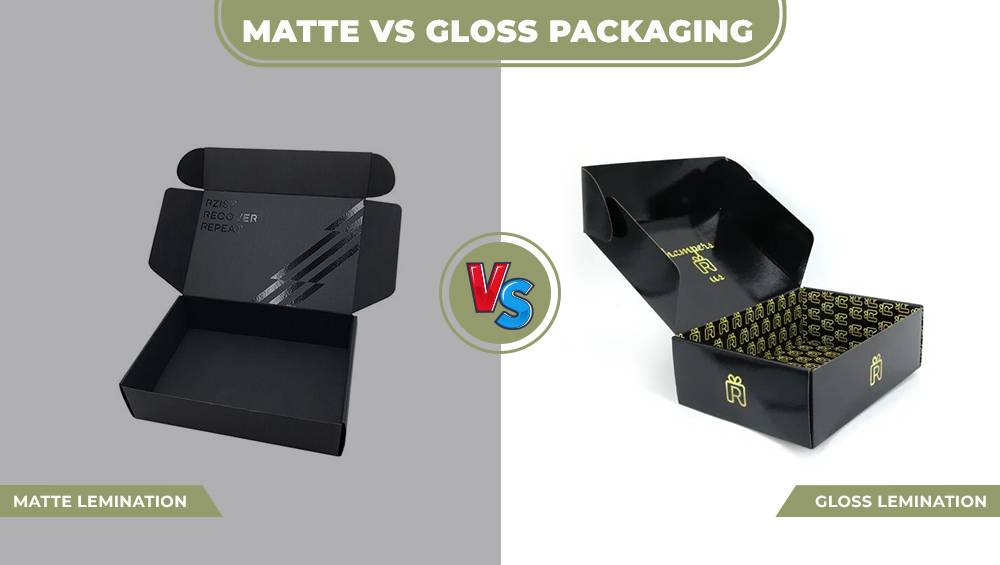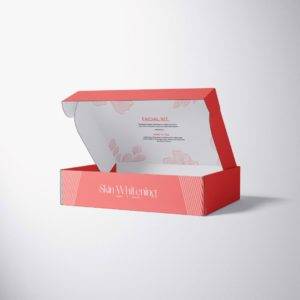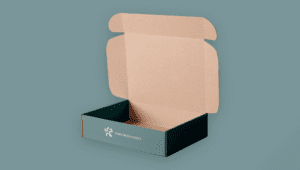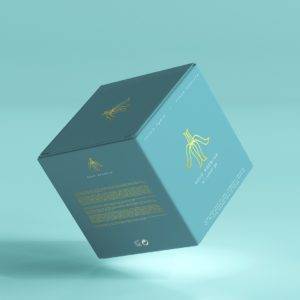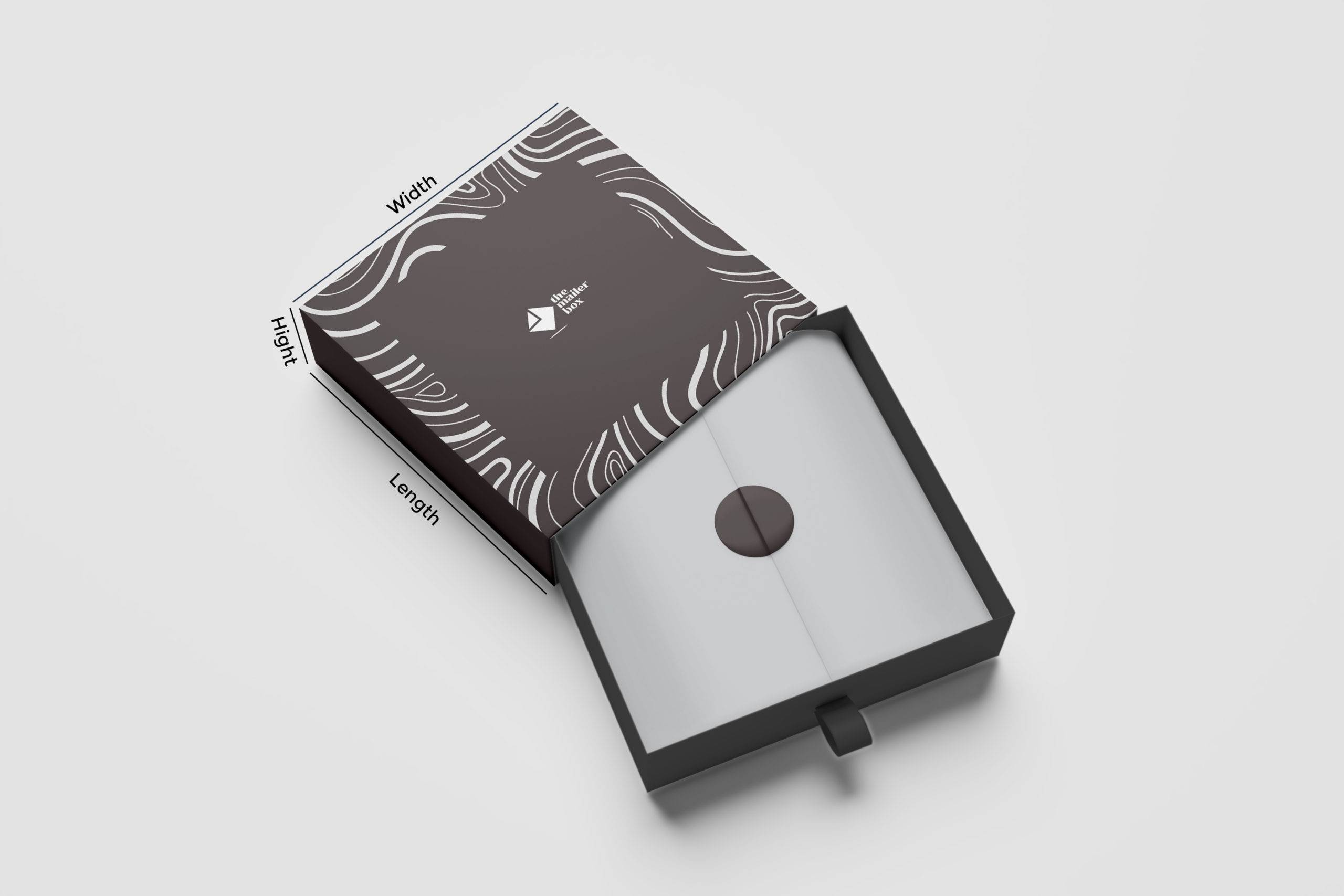Matte Vs Gloss Lamination: Choosing the Ideal Lamination for Packaging
Custom packaging is all about the details and finishes. As versatile as it can be, the type of finishing you choose for your box sets a style statement and character for your brand. When given the option to select between the different kinds of finishing options available, many companies seem to get carried away or are unable to make a smart choice that suits their branding needs.
It is important to understand that while there is no one right way to design your custom package, it must be carefully curated based on the purpose, style, brand archetype, and occasion. This blog will shed some light on lamination and how different types of finishes create a whole different kind of unboxing experience. And at the end of it you will be able to make an informed decision for your custom brand packaging.
Let’s start with the Basics:
Lamination is a process that bonds two or more layers with adhesion or cohesion. A very thin player of plastic film coats the printed surface with the primary purpose of protecting it from scratches and damage. Lamination also prevents the colors from fading and delivers an exquisite finishing result onto the printed material.
Gloss or Matte: The War of Styles
The two sides of chess, you can think of matte and gloss lamination as two of the strongest opponents, the blacks and whites firmly ruling their own domains.
- Matte Lamination
Imagine running your hand over a silk-like smooths surface with a velvet-like touch; this is what matte lamination feels like. It is a clean, non-shiny, or reflective surface that adds a velvety impression to the box. In terms of its functionality, it is a great option to prevent your box from wear and tear.
The appearance of matte lamination can be described as classic and minimal. It gives a luxurious and extravagant feel to the box while shielding it from damage.
Ideal Features:
- Matte lamination eliminates reflective effect and glare, allowing it to easily grasp the attention of customers from all angles.
- It has a contemporary feel to it, and is more widely used for niche products to stand out in the retail.
- Matte effects reduce the appearance of imperfections on your printed surface. It has a more soothing and engaging touch than other glossy options.
- It looks very attractive on recycled papers, adding a refreshingly modern spin to it
Drawbacks:
Although matte lamination is attractive, it has some drawbacks that may not suit your brand. If your primary requirement from lamination is securing your custom box from scratches, then gloss may be a more suitable option than matte as it can get scratches easier. If your custom mailer box will go through rigorous shipping and transportation challenges, gloss may be a more appropriate option for you.
Matte lamination has a personality of its own and you definitely need to have a taste for it. It is more suitable for industries such as brand cosmetics, beverages, watches, perfumes, and other luxury brands. Add extravagance and refinement to custom packaging with the mailbox’s exclusive matte effect lamination.
- Glass Lamination
As the name suggests, it has a shiny and lustrous effect on your print, as a fresh layer of oil paint.
Adding a shiny and translucent effect to the customized box, this type of lamination feels like a thin spread of cling film. It is high-resistant and adds a protective bonding layer to your packaging to keep it safe during rigorous handling.
Ideal features:
- If you are looking for vibrant bright youthful colors, you may consider gloss lamination. It really enhances the appearance of colors and improves the appearance of your print making it seem brighter and shinier.
- To create youthful packaging, it is preferred more than matte. The gloss effect is not subtle; but joyful and vibrant.
Drawbacks:
It is one of the most commonly used options when customizing packaging. Most companies choose and settle for gloss because it is harder to miss and easily gauges the attention of customers. However, there are several drawbacks that may put your packaging efforts to the back seat.
When choosing gloss, consider the use and placement of your box. If it is going to be displayed under heavy lighting, your package may be at risk of being exposed to glare and fingerprints.
Fingerprints are easily noticeable on gloss lamination, truly damaging its appeal of to customers, especially if you are packing a high-end product. The problem may be solved with careful curation of colors, as gloss smudges are easy to spot on dark colors.
What to Choose?
To answer this question, you have to understand the purpose of your custom box. Both types of laminations have their own features and drawbacks, and it eventually comes down to personal preferences for your brand and product. However, some of the following tips may help you choose wisely:
For matte:
- Choose it for retail products that will be placed under display lighting. As there will be no glare, the finishing effect will shine out louder from all sides.
- Choose products that will not be exposed to rough handling. For example, you can use it for packing jewelry or perfume boxes, as they mostly only come in contact with the customer when they are bought.
- Choose when you are looking to add a contemporary touch to your brand.
For Gloss:
- Choose for products that will go through rigorous handling.
- Choose when you need a more youthful and vibrant appearance of the box.
- When the box will not be displayed under direct lighting.
- Choose when you are short on budget, as gloss lamination is cost-effective compared to matte.

